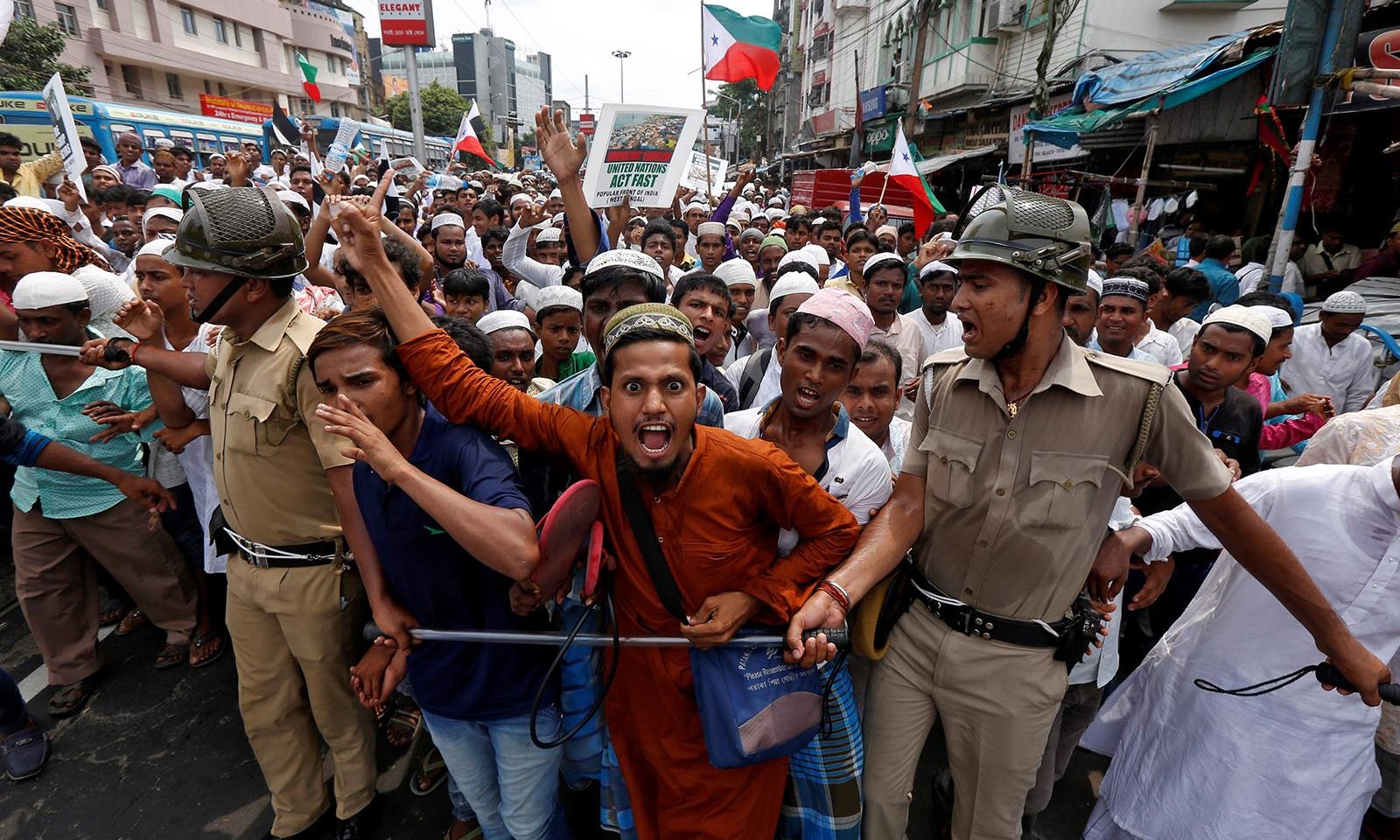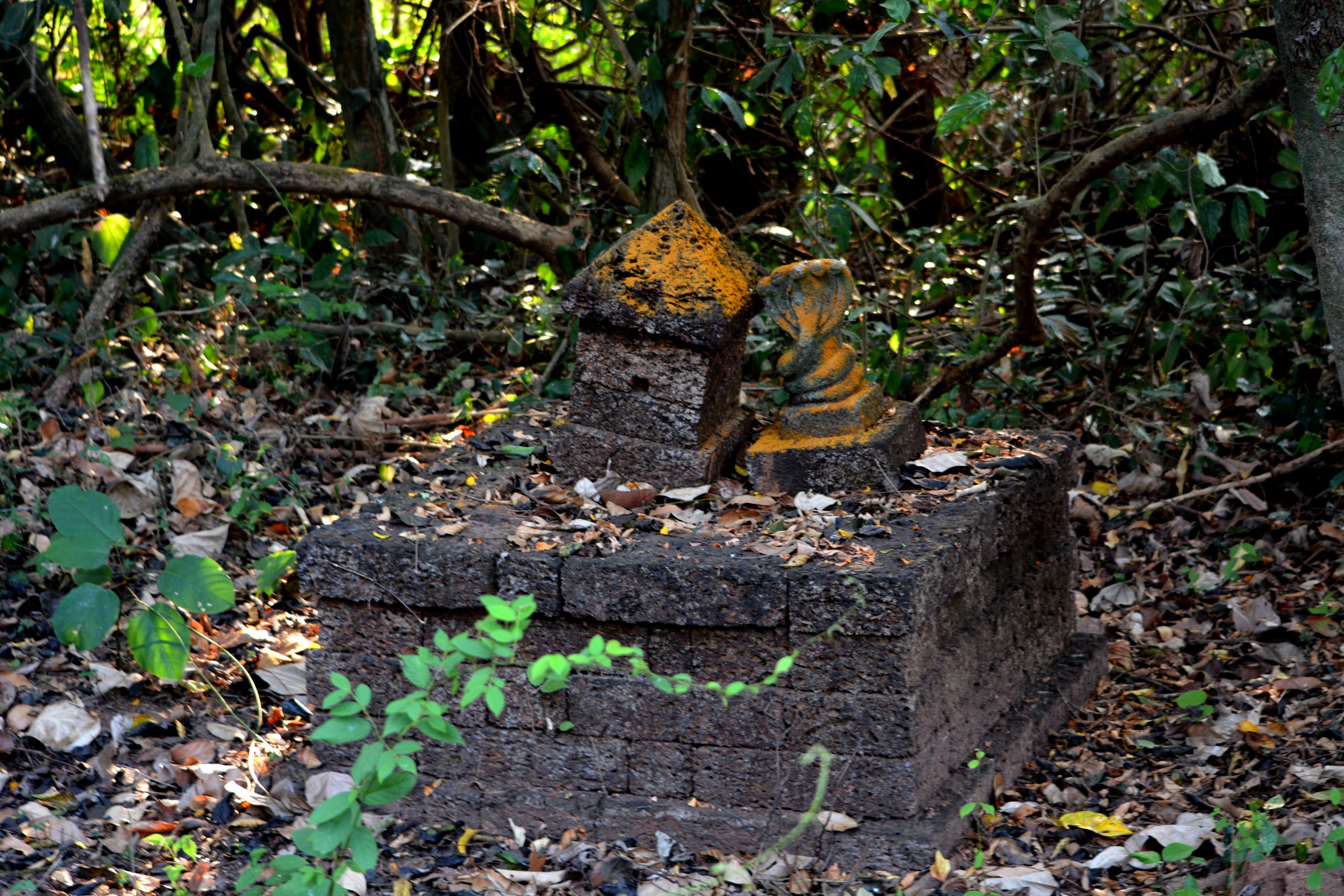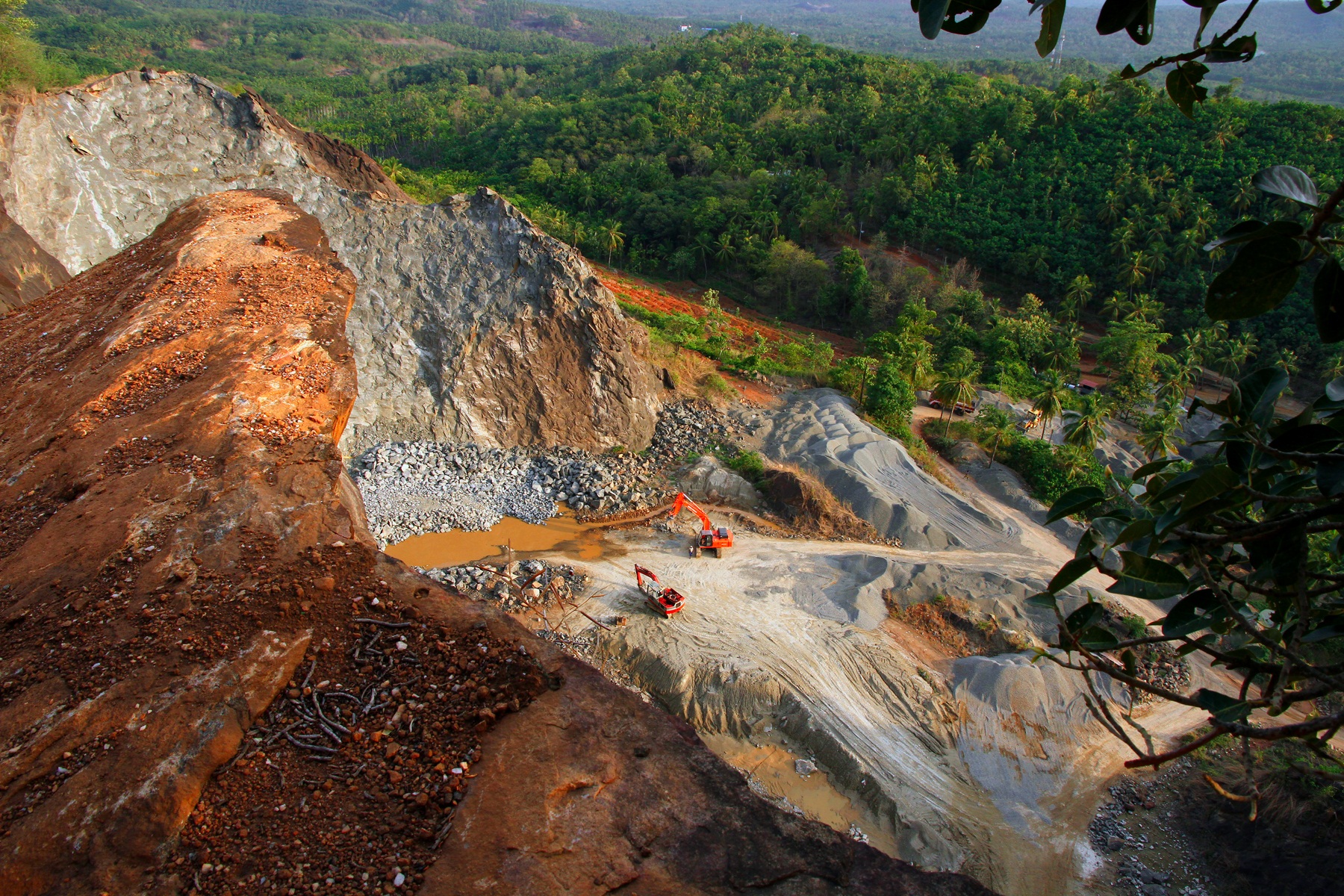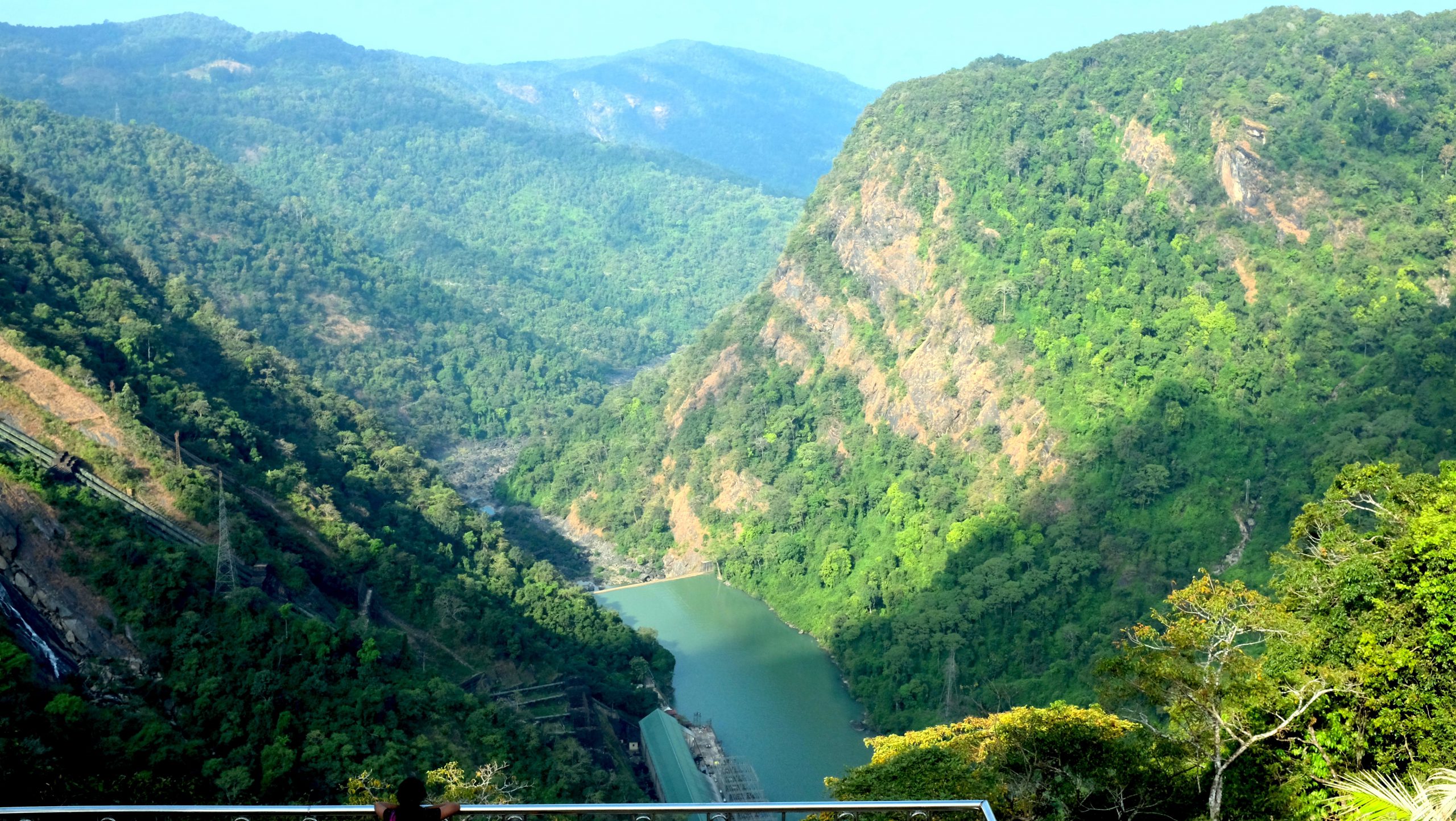Refugee status of Rohingyas and India’s decision to send them back: An Analysis – PART II

Continued from Part I
The recent crisis of Rohingya community migrating from Myanmar’s Rakhine state and illegally crossing over borders of India and neighbouring nations calls into play the obligations of ‘non-refoulement’. Of the countries to which Rohingya migrants have been pouring into, Bangladesh and India1 have been adhering to the principle of non-refoulment and have been requesting Myanmar to take back its citizens. To understand the whole situation, consider the following facts:
Why Rohingyas fled from Myanmar?
The 2017 Report of Advisory Commission on Rakhine State2 says that Rakhine is a region which was never historically a part of the then Burma (now Myanmar), neither was the region pre-dominantly occupied by Muslims.3 It was under British Raj that the need for cheap labour to cultivate rice in this region was fulfilled by establishing Muslim colonies brought from the present-day Bangladesh. In fact, Rohingyas were called Chittagongians in Colonial records. Chittagong is a city in present-day Bangladesh. Fast growing population of these colonies ensured cheap labour. Communal tensions in the region can be traced back to British times; the first armed communal riot was recorded in 1942-43.4
More recently, in 2012 the communal tension again stemmed from the ancient town of Mrauk-U. An Inquiry Commission submitted its Report in 2013 pin-pointing the event that led to the first phase of 2012 riots between the Buddhist Rakhines and Rohingyas. Rape, robbery and murder of a young Rakhine woman (named Ma Thida Htwe) from Kyauknimaw Village, Yanbye Township on 28thz May 2012 by three Muslim young men and circulation of photos of her body on the internet in Myanmar, together with incendiary remarks triggered the riots. The history of the region, increasing Rohingyan5 population and continuous massive immigration from Bangladesh, repeated efforts of Rohingya Muslims to take over the Rakhine region by force, and refusal of Myanmar government to recognise Rohingyas as indigenous or naturalised citizens were other major causes highlighted by the Report.
Coming to the current crisis, it all started in 2016 with the exodus of Rohingya from Rakhine region. Myanmar military took action in the region after militants from the Rohingya Solidarity Organisation (RSO) attacked three border police posts in Myanmar’s Rakhine State in October 2016.6 After this, hordes of Rohingyas fled the nation on boats landing at shores of neighbouring nations. The trigger for the riots in 2016 showed a similar pattern to the 2012 riots and the causes for the same were identified as denial of indigenous minority and citizenship status7, and national security issues posed by the surging Muslim militant organisations in the Arakan region of Myanmar. Again in 2017, mass exodus began on 25th August after the military crackdown spurred by an incident similar to October 2016. Rohingya militants of Arakan Rohingya Salvation Army (ARSA) armed with knives and home-made bombs attacked more than 30 police posts in northern Rakhine, killing 12 members of the security forces. A recent (2018) Report by Amnesty International has confirmed Myanmar Government’s claim that the ethnic Rakhine (Hindu and Buddhist) community faced terror and numerous massacres in 2017. The follow-up military action by Myanmar caused the recent exodus.
Stand taken by the neighbouring countries
Last year in the ASEAN Summit at Singapore, all the member Nations agreed to assist Myanmar in speeding up the repatriation process8. Despite all the pressure from UN Human Rights Council (UNHRC), UNHCR and other international organisations9 to not send Rohingyas back until normalcy was restored in Myanmar, the host nations did not wish to prolong their stay. The 2018 agreement between Bangladesh and Myanmar to repatriate Rohingyas, however, is facing hurdles.10 Prime Minister Sheikh Hasina has recently blamed Myanmar for its reluctance in taking back Rohingyas. She has also confessed that while some international aid and voluntary agencies were building pressure against deportation, there were security concerns in regions where Rohingyas have settled. Organised involvement of Rohingyas in criminal activities has been an issue not just in Bangladesh, but in every host nation they have settled so far, including in India.
In India, a PIL was filed by two Rohingyas living in Delhi (from 2012 exodus) against the Indian government’s decision to deport all Rohingyas back to Myanmar. The PIL prayed for right to life and liberty under the Indian Constitution. Government of India has claimed that Rohingyas residing in different parts of the country are illegal immigrants and not refugees and that they are a threat to the national security (which is one of the exceptions to the non-refoulement obligations).11 Not having a specific law for refugees, India is free to take each case on its merits in light of existing laws.12 India has always given preference to bilateral and regional solutions in issues relating illegal immigration.
In this case, the Indian government has taken a stance that Rohingyas living in its territory cannot be granted the ‘refugee’ status by UNHCR, since the nation has not ratified the 1951 Convention and is not bound by its definitions and procedures. India is keen on deporting and repatriating all Rohingya illegal immigrants. ASEAN has supported India’s position and applauded its efforts in pushing the Bangladesh-Myanmar agreement. ASEAN countries and specifically India have pledged monetary support to Myanmar in order to ensure faster rehabilitation measures.13 Last week, India handed over more than 200 pre-fabricated houses built by it in the Rakhine region for rehabilitation of Rohingyas under the Rakhine State Development Programme (RSDP).14 India had pledged $25 million to RSDP in December 2017. It will also build shelters, hospitals, solar power projects, agricultural projects etc. under this socio-economic development programme for the Rakhine region. China has supported India’s stand and prompted Asian leaders to monetarily support for rehabilitation of Rakhine region. China and few other nations have also criticized internationalisation15 of the issue and have taken a supportive stand with Myanmar’s military for its crackdown on Rohingya militancy that Rakhine was facing.16
Why are Rohingyas a security issue?
Why have ASEAN nations taken a unique stand on Rohingya crisis? Why did some neighbouring countries initially refuse to take in Rohingyas? And what is the reason for their request for deportation of all Rohingyas back to Myanmar? Unfortunately, the international media and Indian media have failed to ask such pertinent questions in their quest to internationalise the issue and to portray Rohingyas as hapless victims. India and Bangladesh have both cited ‘threat to national security’ as the biggest reason for seeking deportation and rehabilitation of Rohingyas. Since ‘threat to national security’ is a valid exception to the obligatory non-refoulement principle, does the conduct of host countries in the Rohingya situation attract the said exception?
Some reports had suggested terror links of Rohingyan community in Rakhine, including training of Rohingya militants in terrorist camps of Pakistan and Bangladesh before the August 2017 attacks in Myanmar. Brussels-based International Crisis Group (ICG) also reported way back in 2016 that Rohingyas of Myanmar have been receiving financial support from diaspora members in Saudi Arabia and Pakistan. The earlier mentioned Amnesty International Report and certain other news reports17 support Myanmar Government’s stand that Rohingya militants were causing mass murders of the indigenous Hindu and Buddhist civilians. Therefore, it follows that Rohingya illegal migrants pose a threat to Indian citizens, particularly citizens belonging to Buddhist and Hindu communities, which fairly attracts the exception to non-refoulment on “grounds of national security and public order” under Article 32(1) of the 1951 Convention. Also, under Article 33(2) a nation is under no obligation to grant asylum or refugee status to a community/group that “constitutes a danger to the community of that country”.
The Indian government has, in its affidavit to the Supreme Court in the earlier mentioned PIL, stated that it has credible information of Rohingya involvement in mobilization of money through hundis/hawala channels for anti-Indian activities. Fabrication of Indian citizenship documents, human trafficking, links to extremist groups like ISIS, Jaish-e-Mohammed (JeM) and Al-Qaeda, and facilitating influx of illegal migrants into the nation causing serious threat to border security are some of the issues that were cited by the Government to support its position that the group are a serious threat to national security. In a detailed article published in Indian Defence Review, Dr. Sudershan Kumar, Former DG, DRDO has explained the Indian Government’s official position before the Supreme Court. He has described how deeply the Rohingya illegal migrants have penetrated within India putting border security and internal security both at risk. ISI links to these groups have also affected the Kashmir situation. Where Indian mainstream media shies away from reporting crimes involving Rohingyas, our neighbour Bangladesh has been open about its national security issues after the recent Rohingya influx. Bangladesh has not assigned Rohingyas the ‘refugee’ status. The status allotted to them is of ‘Forcibly Displaced Myanmar Nationals’ (FDMN).18
The Bangladesh Government also suspects infiltration into its borders by terrorists with links to ISI in guise of Rohingya Muslims. That nation is also worried about security of its minority communities19 as regions of Rohingya settlements have become breeding grounds for criminals involved in drug peddling, smuggling, prostitution, human trafficking etc.20 Bangladesh has even taken steps to move out the Rohingya camps to Bahasan Char island, away from its local population. The process of biometrically registering FDMNs have begun and the resettlement should begin soon.21
Conclusion
India already has lakhs of refugees from 30 different countries which it has rehabilitated and granted safe asylum to. India and similarly other developing nations that have taken in the Rohingya migrants are facing not only terror threats and national security issues, but social and economic ramifications too. Being non-signatory to the International Refugee Convention and its Protocol, India is free to apply its domestic laws and deal with the situation accordingly within the bounds of international law. In fact, India has a duty towards its citizens to take action against illegal immigrants under the Foreigners Act 1946. Since these illegal migrants cannot be sent back unless Myanmar accepts them as citizens, pressure should be built on Myanmar to grant citizenship status to all Rohingyas in order to enable expeditious repatriation. In the meantime, India must consolidate its citizenship and refugee laws in a manner which preserves the demographic balance in India, which holds the key to a plural, secular and democratic indic civilizational state.
- Which are receiving maximum numbers of Rohingyas. Also note that Bangladesh is ranked 4th in Figure 1.
- Find the Report here
- This does not mean that there was no Muslim community in Arakan (Rakhine) region before Colonial rule. Descendants of the Muslim Community established during the Mrauk-U period (1430-1784) were living in the region before Chittagongians were brought there, but their numbers were not significant. Dr. Aye Chan in his paper titled The Development of a Muslim Enclave in Arakan (Rakhine) State of Burma (Myanmar) has traced communal history of the region.
- The Arakan Massacres of 1942. Records of British Military Administration of North Arakan (1942-43) talk about the riots between ethnic Burmese and Chittagongian Muslims in detail.
- The word Rohingya is derived from ‘Rohang’ which was the term used for the Arakan region by Bengali Muslims.
- BBC News Report, 9th October 2016.
- As the Myanmar government refuses to grant citizenship to an ever-increasing illegal migrant population that infiltrates from Bangladesh borders to reside in a less populated region of Rakhine. Muslim migrants who arrived after the 1948 citizenship law were not naturalised. The Burma Citizenship Law 1982 does not recognise Rohingya Muslims as a citizen.
- ASEAN will continue to Support Myanmar in Resolving Rakhine Issues, The Irrawaddy, 15th November 2018.
- Halt ‘rushed plans’ to return Rohingyas to Myanmar, pleads UN expert fearing repeated abuses, UN News, 7th November 2018. Also see UN agencies and Myanmar ink agreement, setting stage for Rohingya return, UN News, 6th June 2018.
- Hasina accuses Myanmar of defying promise over repatriation of Rohingyas, Business Standard, 9th June 2019.
- See Supreme Court to hear in January pleas against Centre’s decision to deport Rohingya immigrants to Myanmar, Moneycontrol.com, 30th November 2018; Also see Rohingyas are national security threat: Government in Supreme Court, The Economic Times, 19th September 2017.
- India conforms to international principles and has domestic laws namely Citizenship Act of 1955 and Foreigners Act of 1946, that define all the categories of citizens and non-citizens.
- India pledges $25 million for Myanmar’s Rakhine to help refugees return, Reuters, 21st December 2017.
- India hands over 250 houses to Myanmar’s Rakhine State, ANI, 9th July 2019.
- China says Rohingya issue should not be ‘internationalized’, Reuters, 28th September 2018.
- China lays out three-point plan to ease Rohingya crisis, South China Morning Post, 19th November 2017.
- Also see DNA analyses on Hindus mass murder in Myanmar’s Rakhine state, Zee news, 27th September 2017.
- See ‘From now on Rohingya will be called ‘Forcefully displaced Myanmar citizens’, Dhaka Tribune, 5th October 2017.
- Dhaka probing ISI-Rohingya terror link, says Bangladesh minister Obaidul Quader, Hindustan Times, 21st December 2017.
- What is behind the rising chaos in Rohingya camps?, Dhaka Tribune, 24th March 2019; Also see Crime on rise in Cox’s Bazar camps, Dhaka Tribune, 1st September 2018.
- UNHCR welcomes Bangladesh’s plan to relocate Rohingyas to Bahasan Char island, bdnews.com, 21st March 2019.







